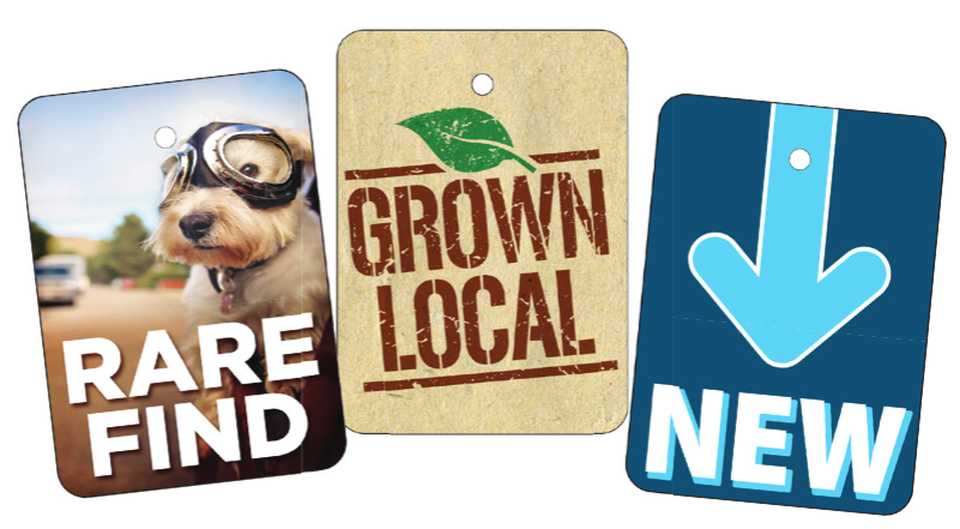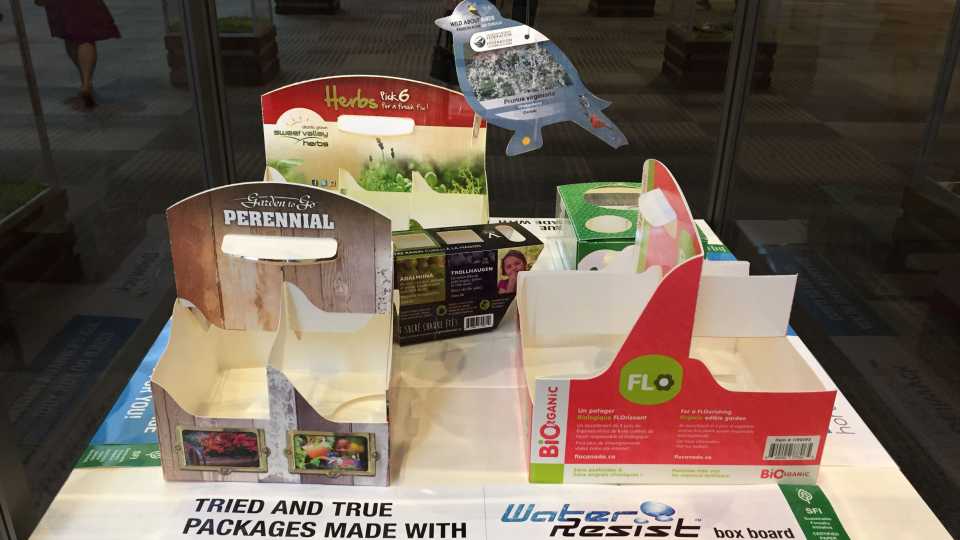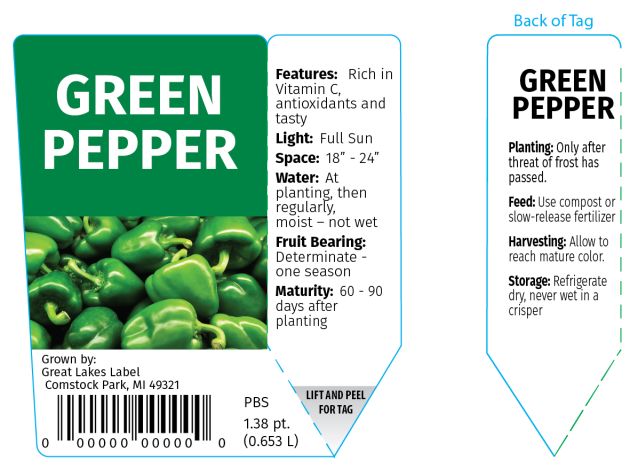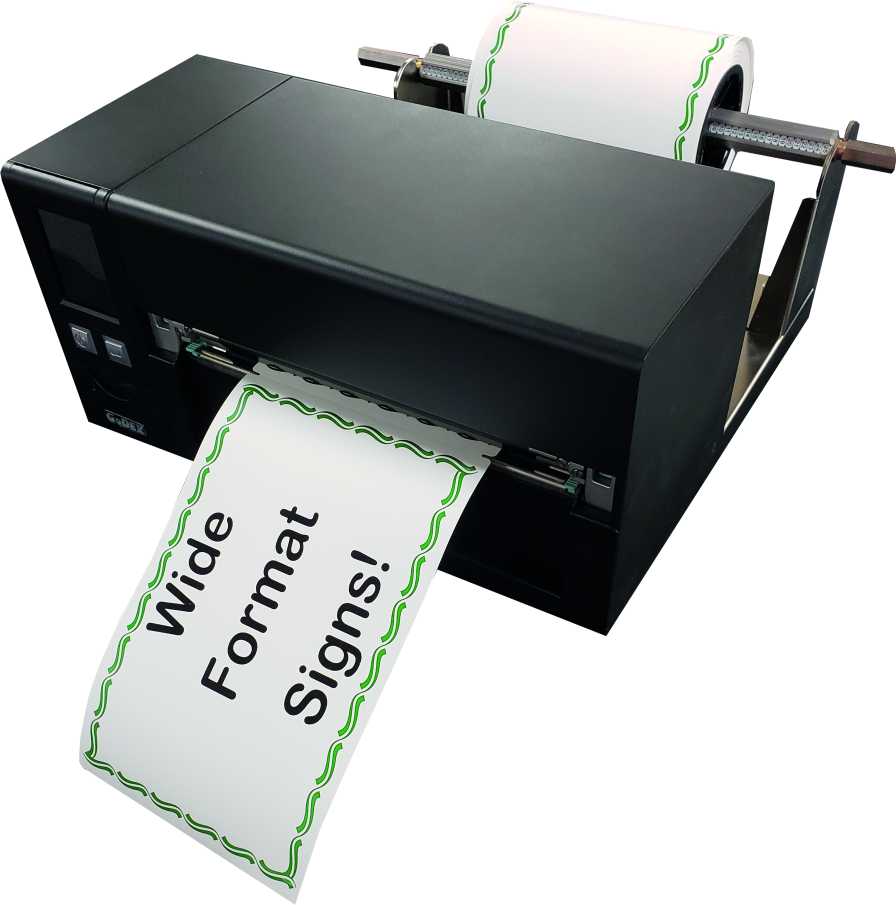Why You Should Give More Consideration to Plant Tags and Labels
Which does a customer walking through a garden center notice first — a plant or its tag\label? Either way, the goal is to draw attention to the plant.
Tags and labels can be a powerful tool for achieving that aim.
What’s the Take-Home Message?
“If you consider tags an afterthought, you’re making a real mistake,” says Todd Davis, Director of Catolog/OnSyte Division at Orora Visual Horticultural. “They’re a vital part of the total package you’re trying to sell. A high-quality tag is going to help sell-through rates at retail, leading to faster re-orders. And in the end, quality tags are going to help the consumer succeed with the plants they buy.”
With instant information as close as the cell phone in our pockets or a Google search, it’s interesting that consumers still turn to tags as their No. 1 source of information, proving that tags have a value and life that goes beyond the retail store.
Gerry Giorgio, Creative Director at MasterTag, shares these statistics from the 2019 Home Garden Panel research:
- 70% of shoppers say they rely on the tag to learn about the plant they are purchasing.
- 74% of garden center shoppers say they reference the tag to either place with the plant or for future reference.
- 98% report they will reference the tag at least once during the growing season.
“My own anecdotal observation is that the tag is accessible and dependent upon the circumstantial point of engagement,” Giorgio says. “So, when in the garden or at the store, it’s immediately available and easier to use than technology-based sources, even emerging mobile technologies.”

Mini signs from MasterTag displayed on tag risers help shoppers by guiding them on their most-asked questions and pointing out important selling points.
Well-Designed Tags and Labels Say “Notice Me”
It’s critical that tags and labels draw attention to themselves and the plants they represent to initiate that point of engagement with consumers. One way to achieve this is by using tags and labels that point out what’s new or features such as pollinator friendly or locally grown.
Multi-packaging is another way to differentiate products on retail shelves. Bigger packaging offers more room to add educational growing information and a marketing message. Plants packaged together are also convenient grab-and-go items.

“Multi-unit concepts are especially popular, not only because of the added volume (i.e., a six-pack can be purchased in almost the same time as one individual item) but also because they appeal to new and less horti-literate shoppers who like the idea of a ready-made kit that’s good to go,” says Cam Duggan, Business Development Manager at Bellwyck Horticolor.
Additionally, customized tags and labels stand out among a crowd of normal. The ability to customize a tag or label with an in-house printer or through an order with a chosen supplier provides growers with some flexibility to promote products from season to season and print out tags and labels as needed, to minimize waste.

HIP Labels’ Add-On tag allows growers to tailor-make their current tag inventory based on shipping season, target customer, or plant feature. Growers can also combine this tag with HIP’s Augmented Reality experience platform, HIP Engager.
So, don’t forget to choose your tags and labels with care, because any way you look at it, when used well, they can add a punch to retail wow-factor that hopefully translates to more plant sales.
Save Labor and Time Automating Tags and Label Application
Some growers have shifted from tags to labels to take advantage of in-house printing and automation for application of labels.

The Label Gator Lagit consists of a label and a removable stake tag that can be used with Label Gator’s automated application systems. Consumers can peel off the stake tag and store it away for later use or place it in the ground next to their plant.
Using automation to apply labels has several benefits, according to Emily Surman of Great Lakes Label, producer of Label Gator automated print and label application systems:
- Lowers labor costs. Fewer workers are needed.
- Reduces obsolescence/inventory. With printing on-demand, there is less outdated or wasted materials.
- Reduces lead time. Automation helps speed up the process.
- Increases sustainability. Switching to labels helps reduce plastic waste.
- Saves time and money. Automating labeling speeds up overall operation.

The Godex8301 tag and sign printer from OroraVisual Horticultural handles labels and tags, including thick pot stakes up to 22 mil. It can also print up to 9-inch signs.









